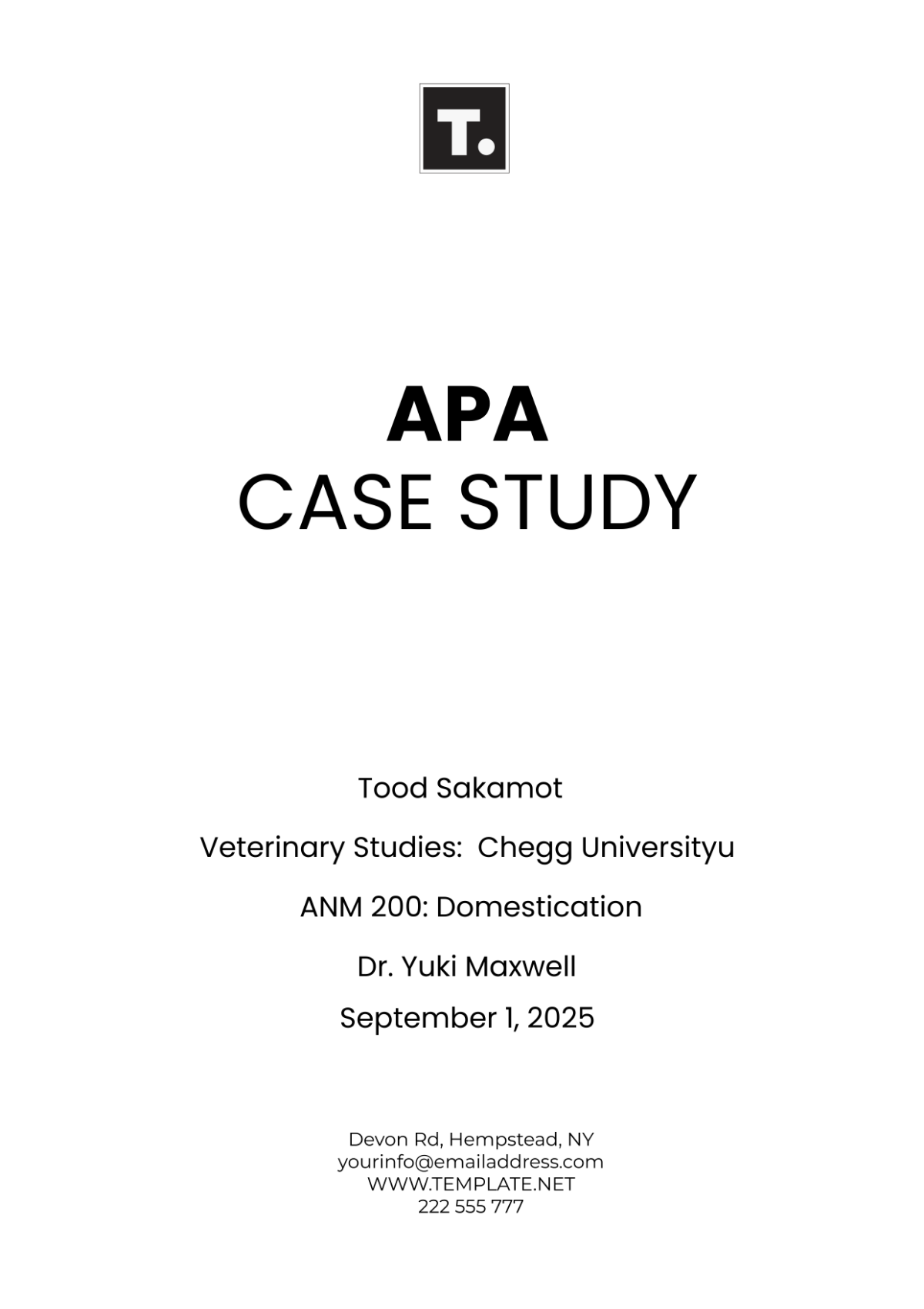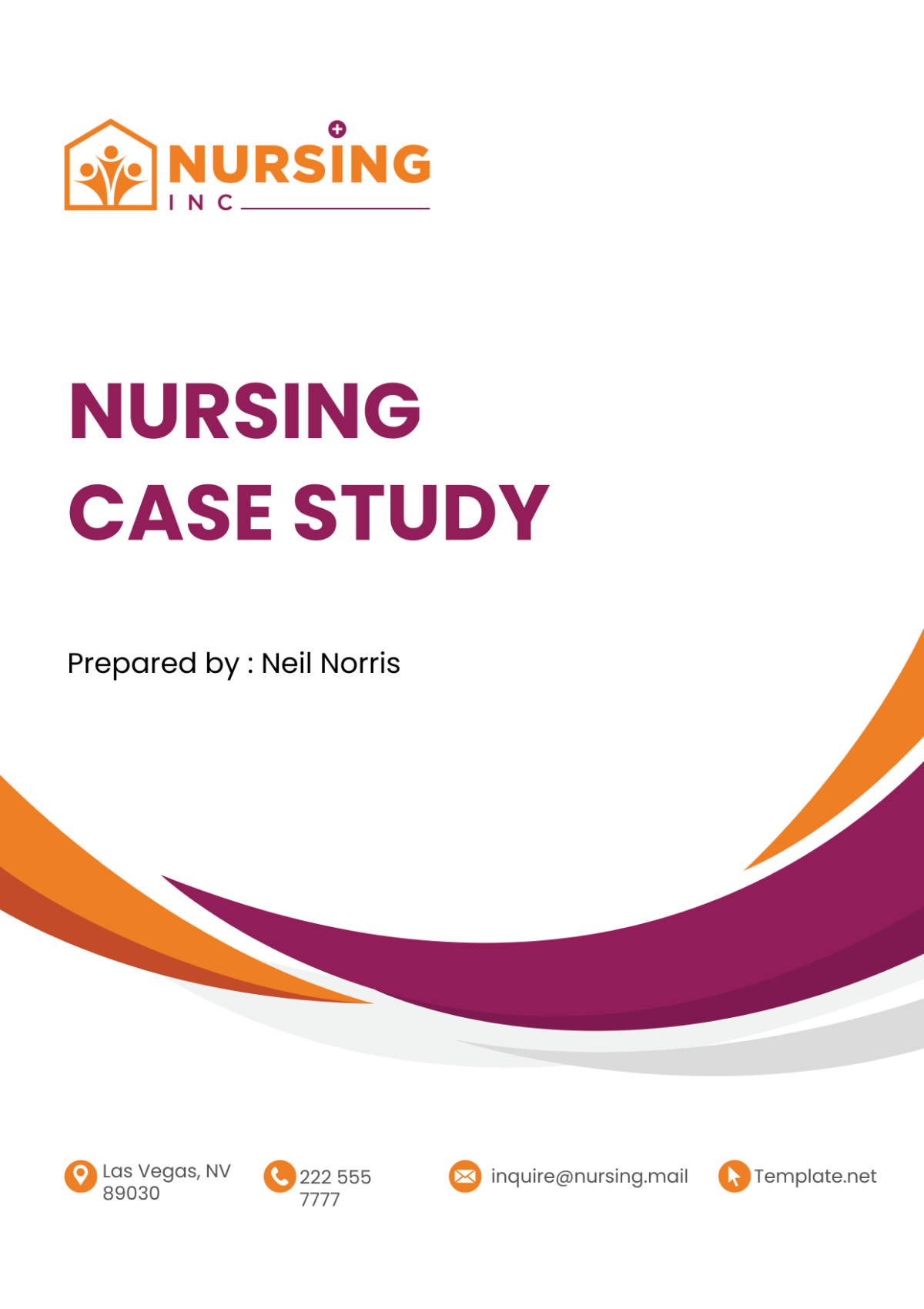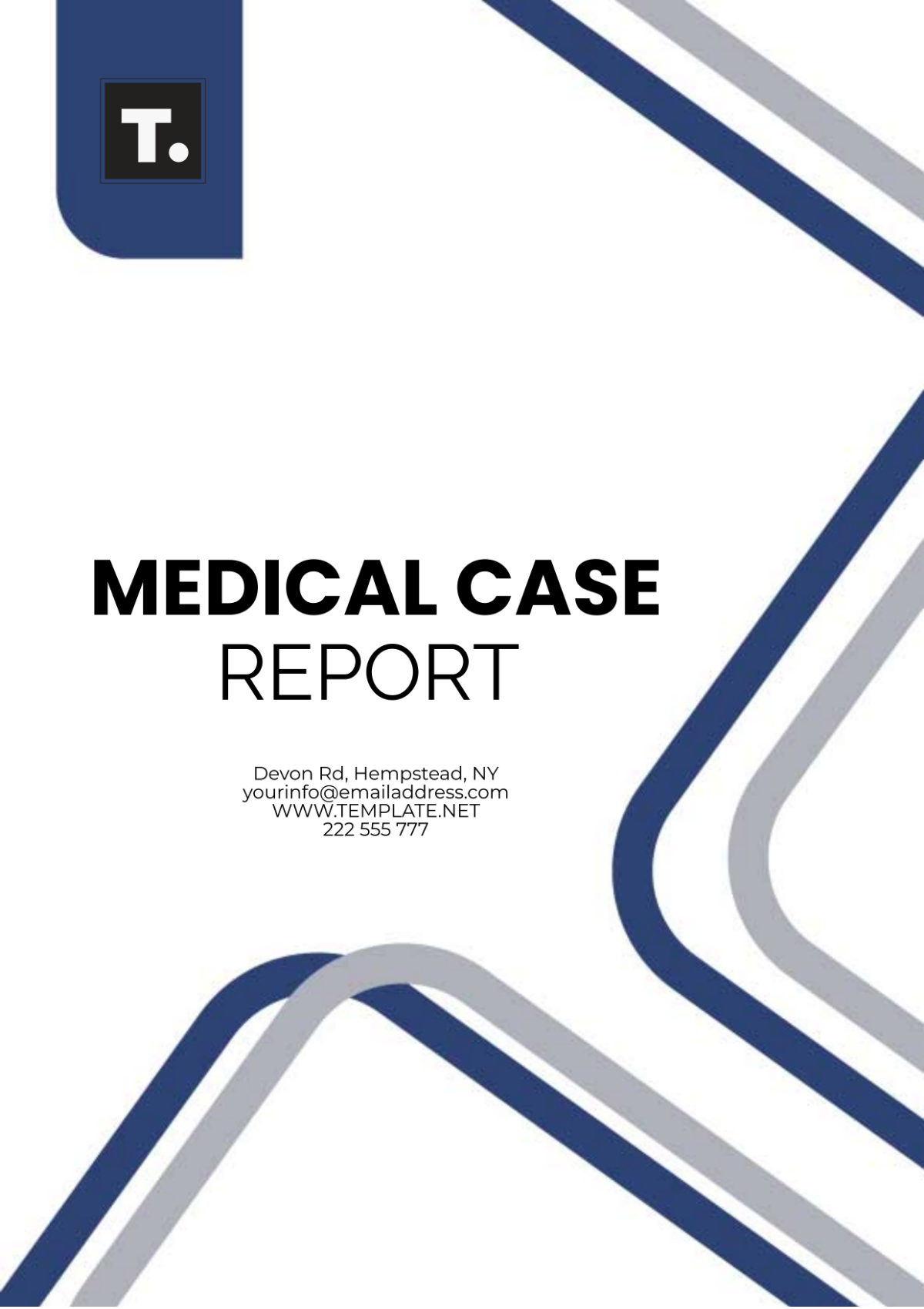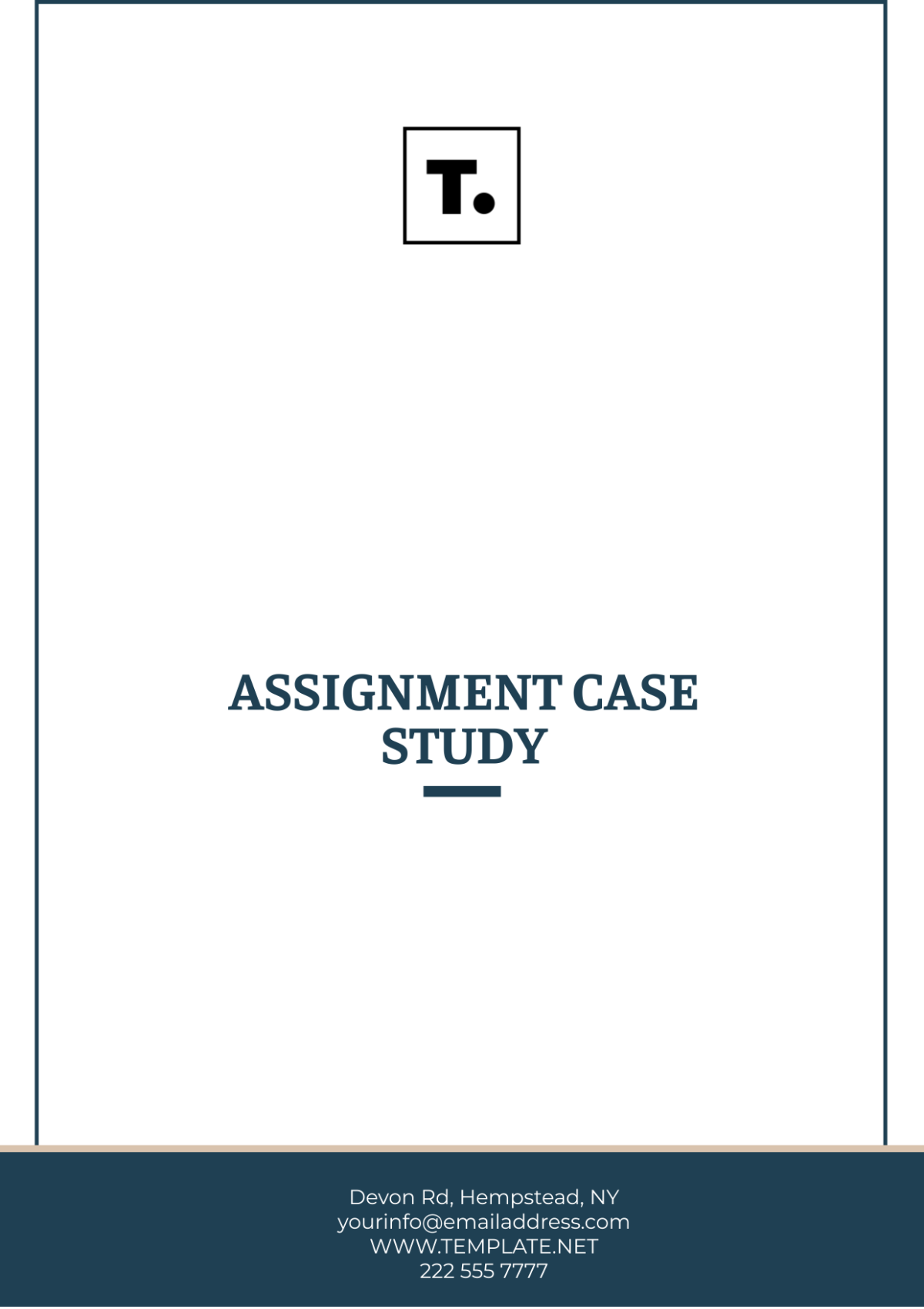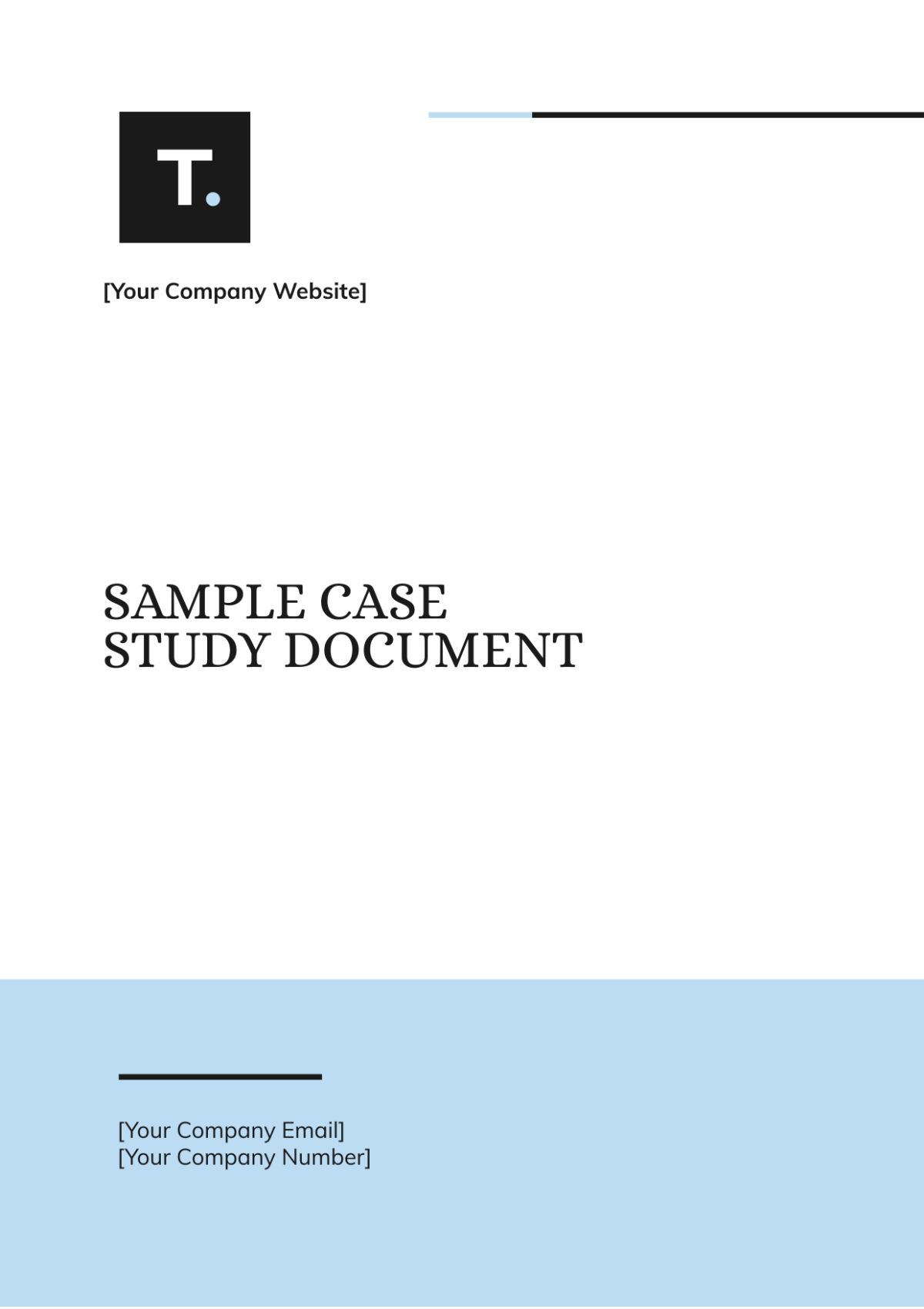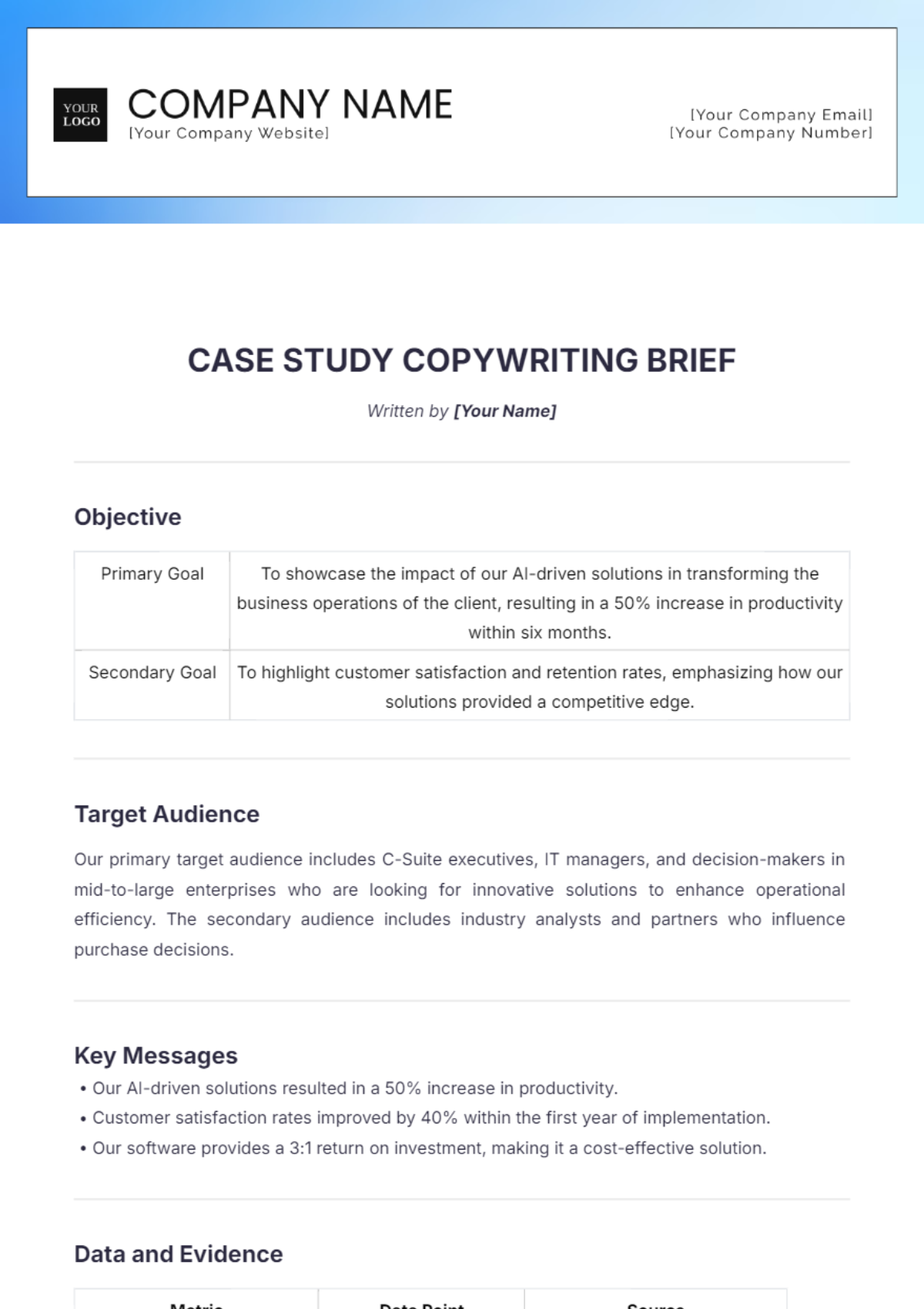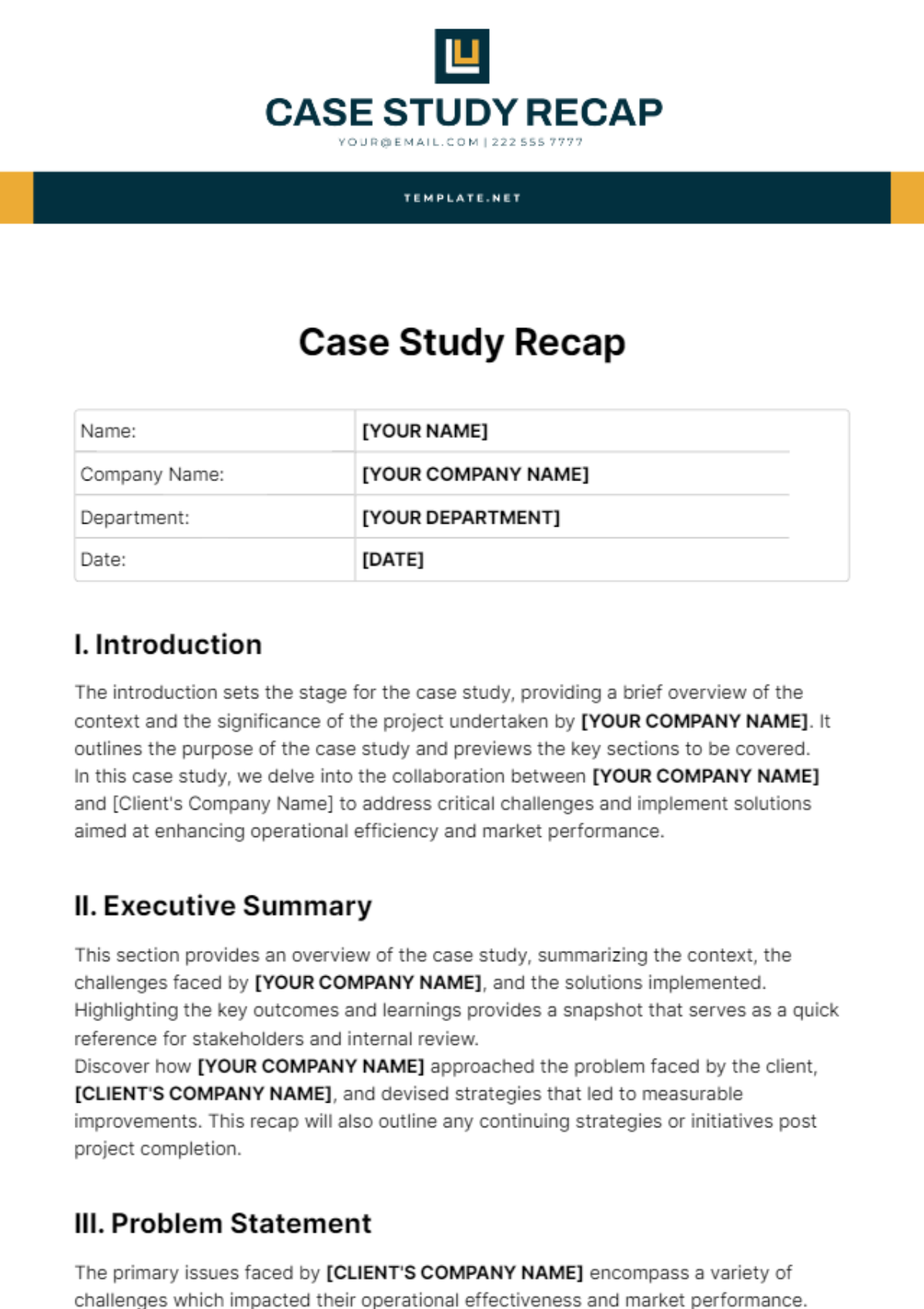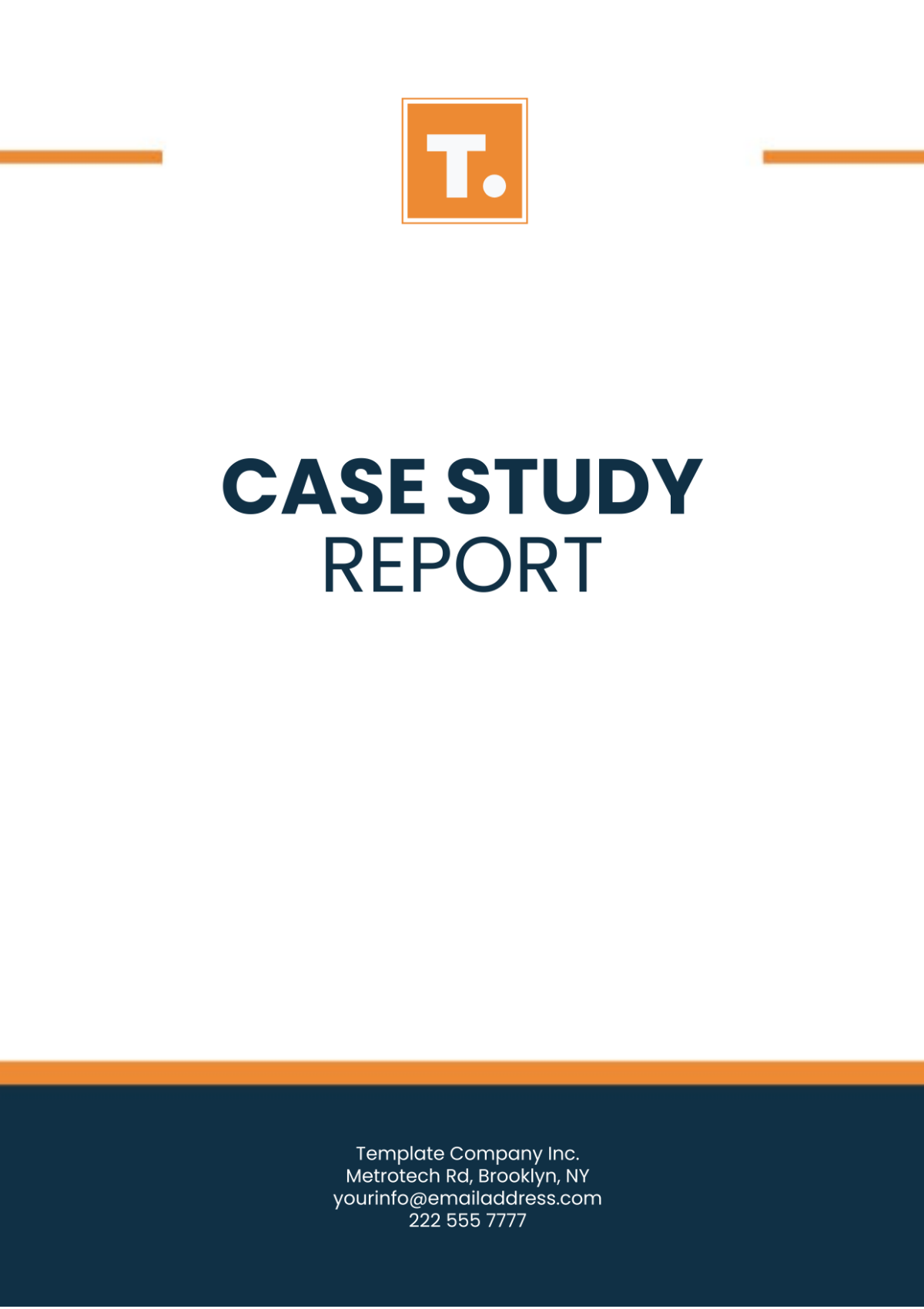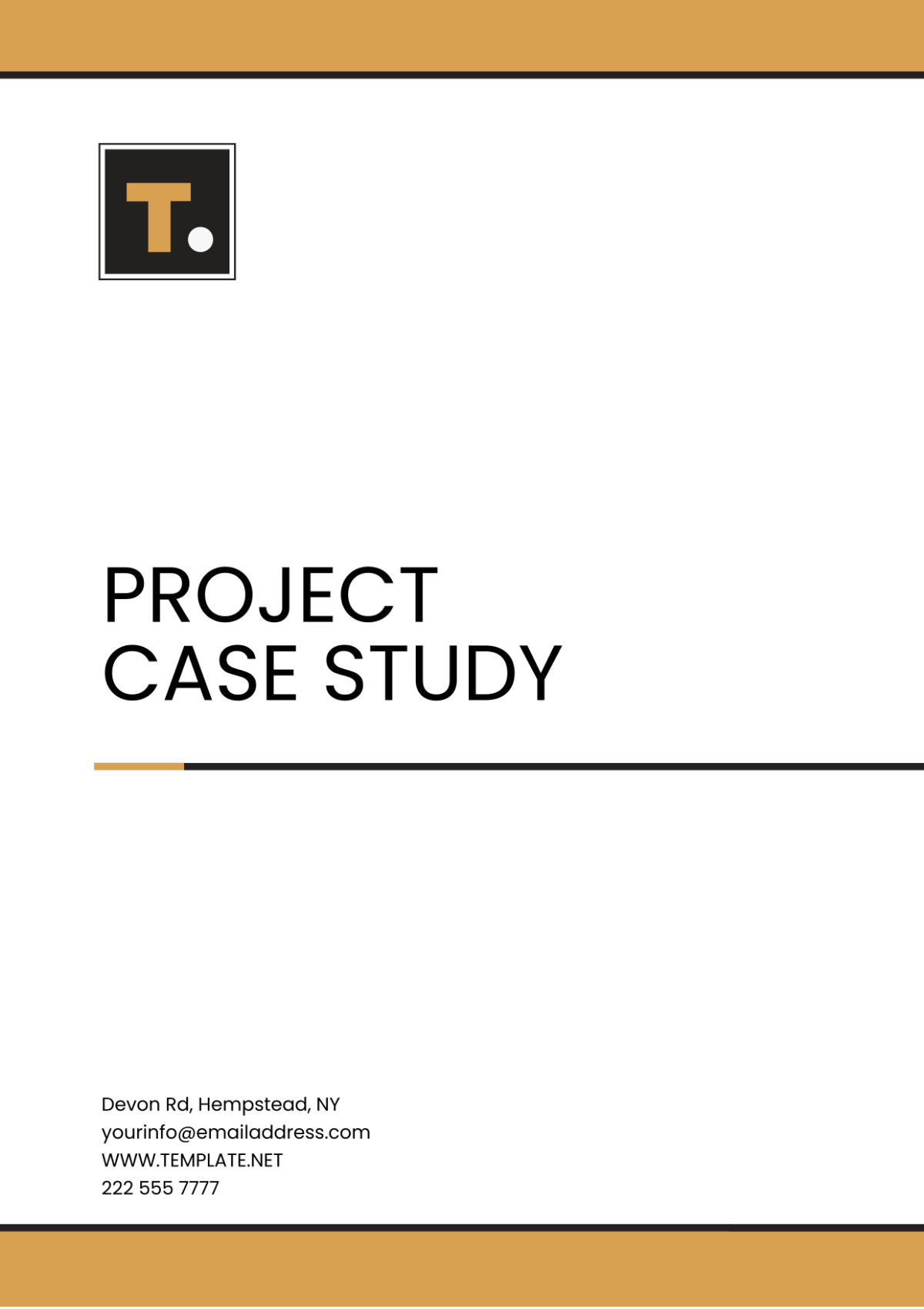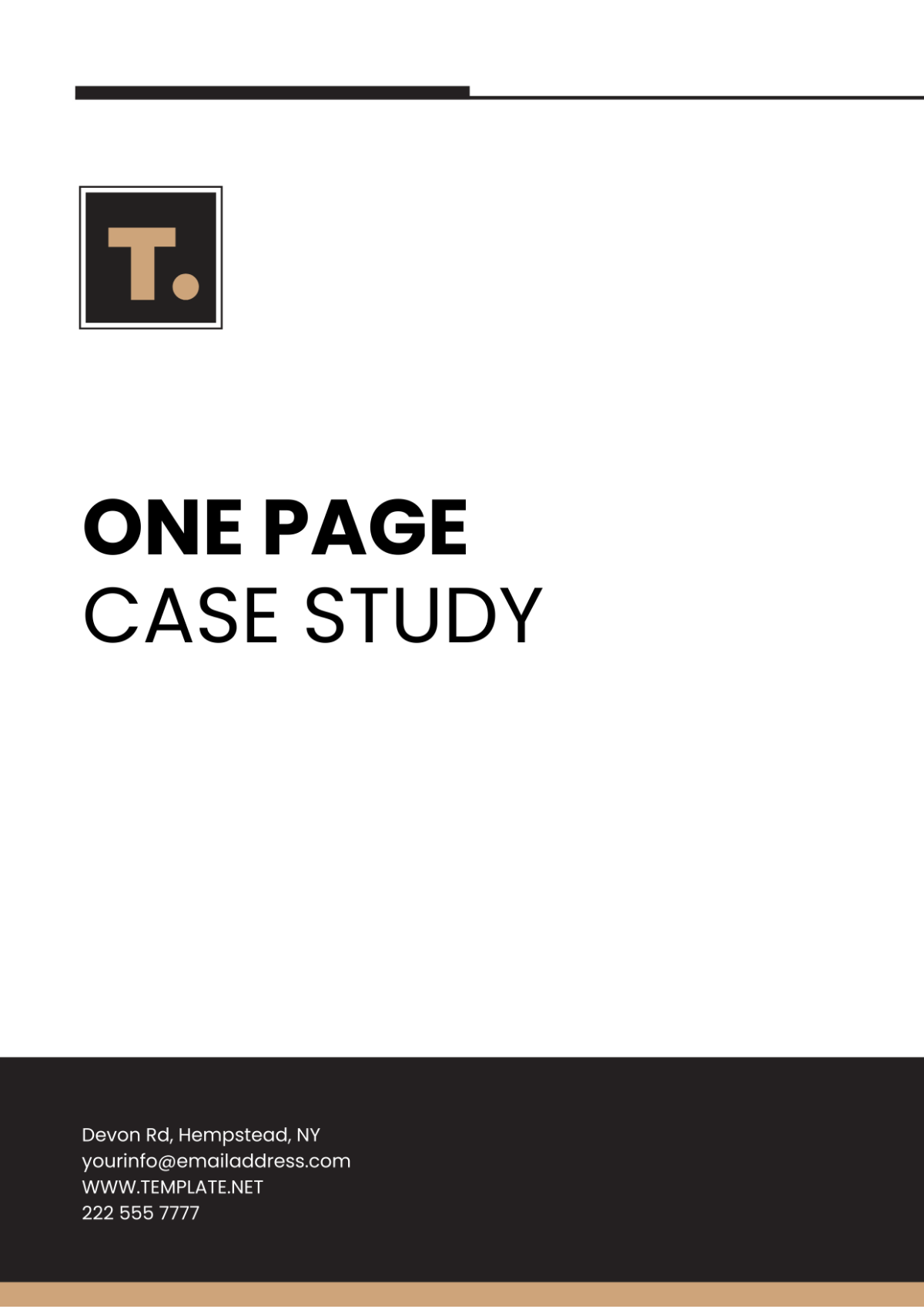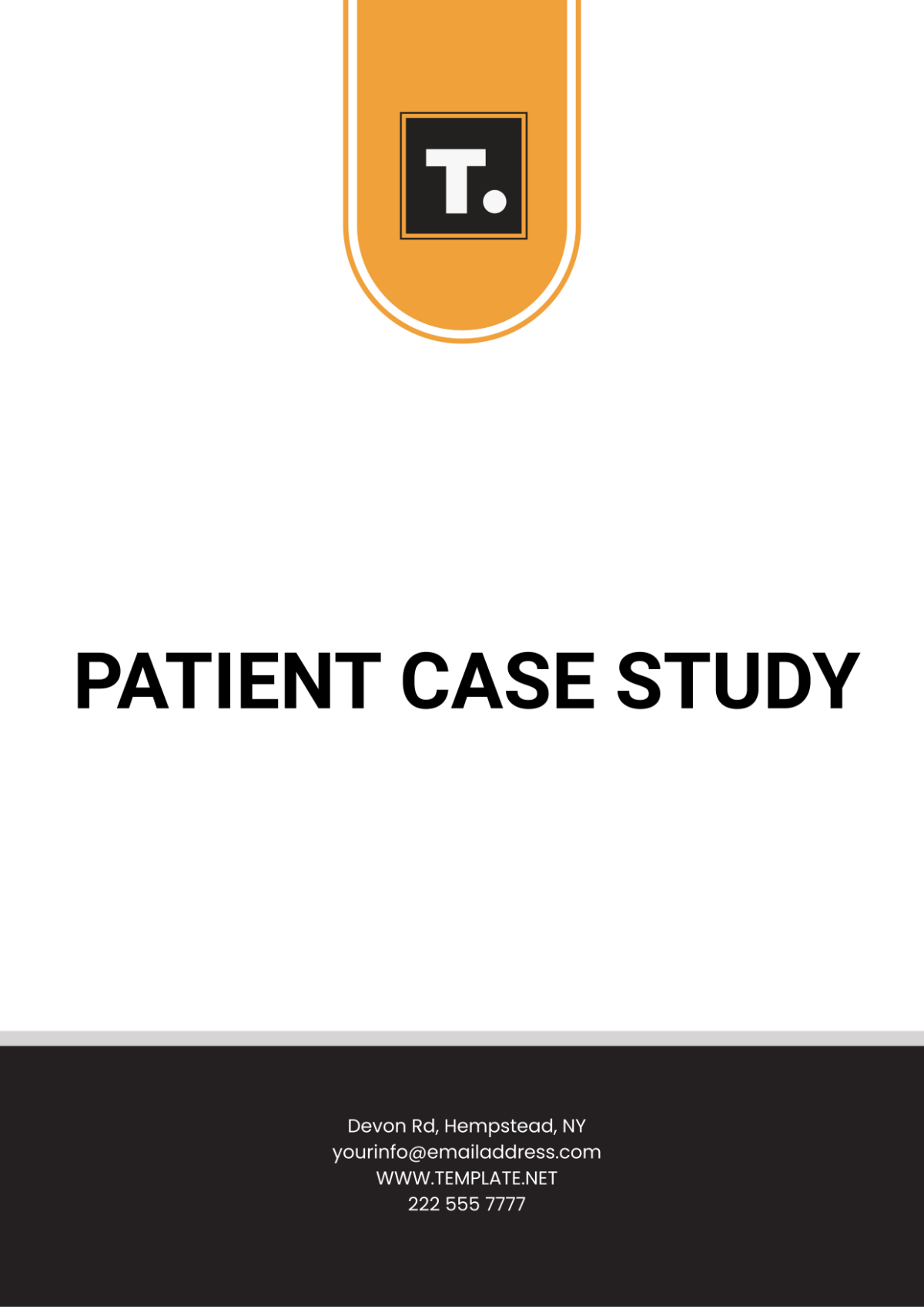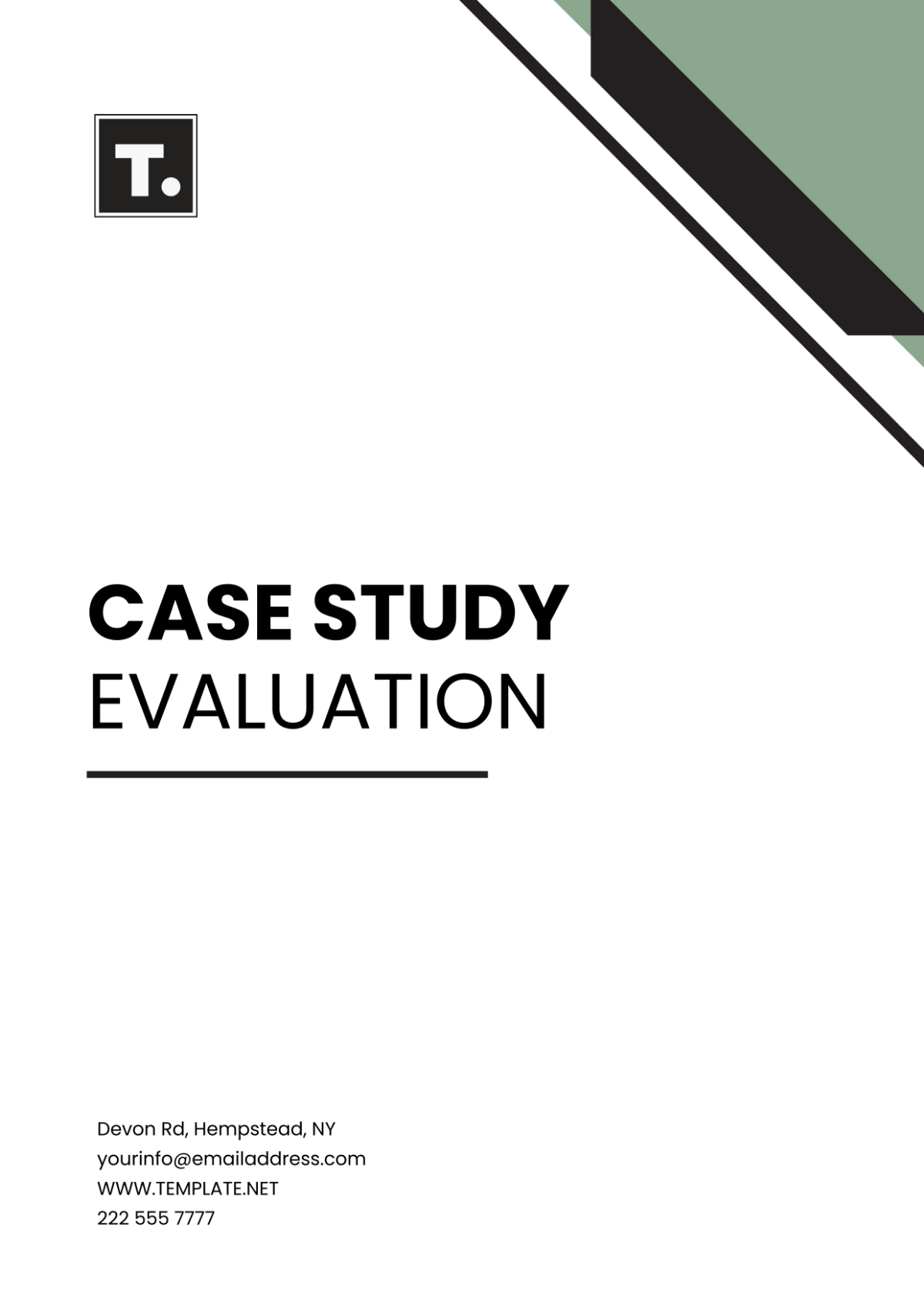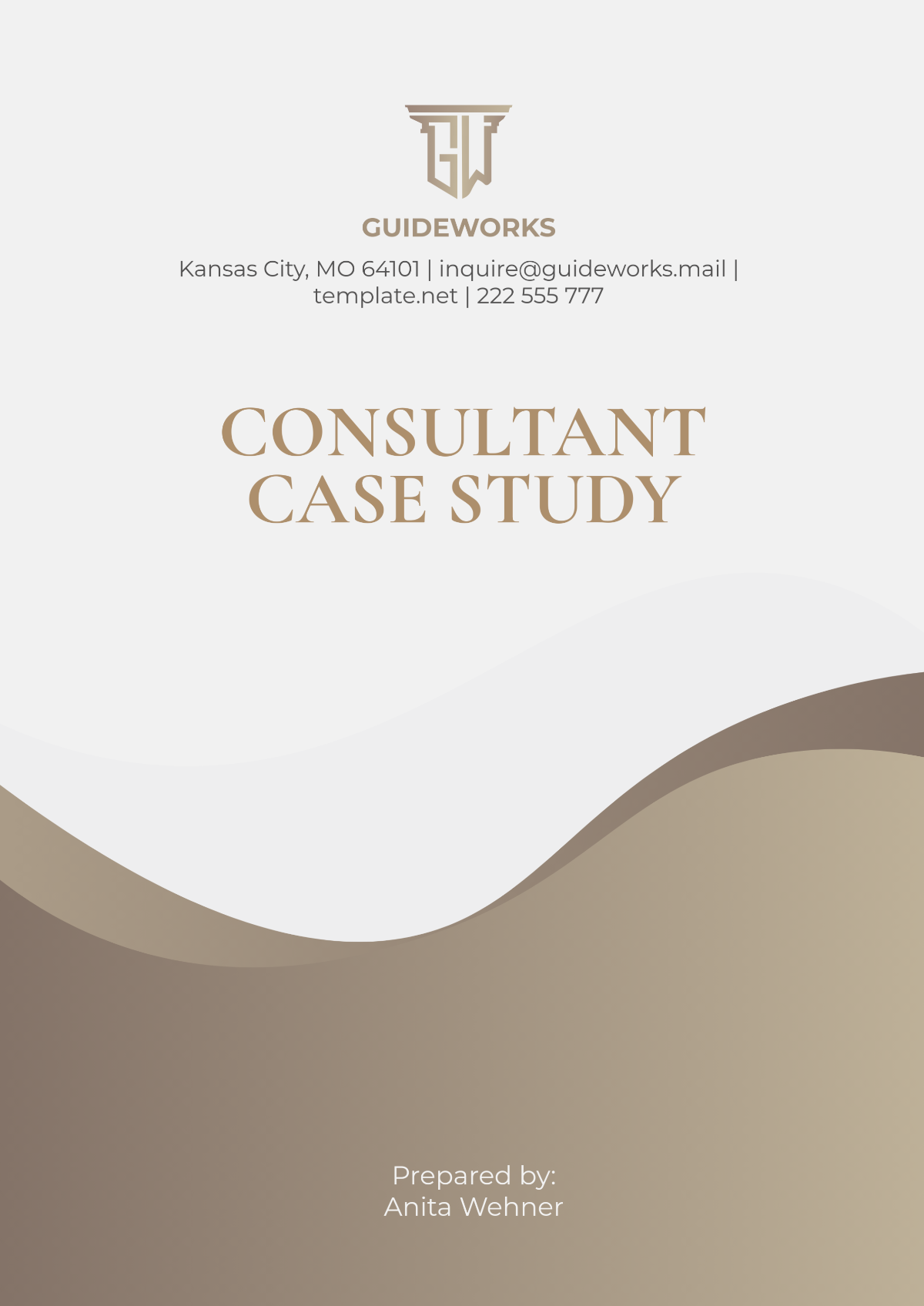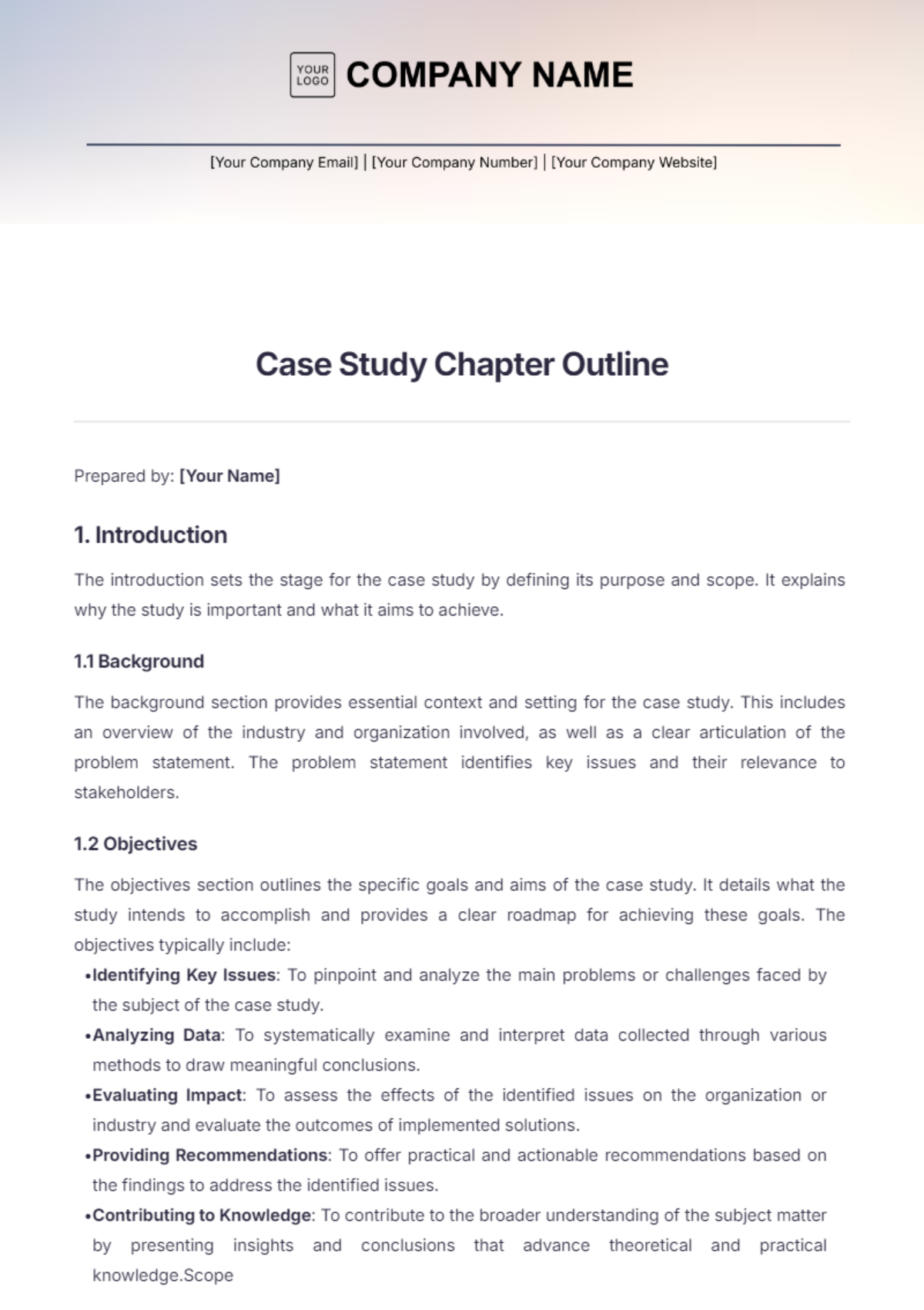Pulmonary Edema Case Study
I. Introduction
This case study involves a patient with pulmonary edema, a condition causing severe breathing problems due to excess lung fluid. It presents the patient's symptoms, diagnosis, treatment, and results, aiming to shed light on effective management strategies and critical clinical thinking required. It will analyze the patient's history, diagnostic tests, treatment, and outcomes thoroughly.
II. Patient History
[Patient Name], a [Age]-year-old [Gender], with a past medical history significant for chronic heart failure and type 2 diabetes mellitus. The patient presented at the emergency department complaining of acute shortness of breath and episodes of nocturnal coughing. Before the onset of these symptoms, the patient reported a history of managing their heart condition with medication and routine check-ups.
A detailed review of the patient’s medical history was crucial in formulating a differential diagnosis and subsequent management plan. The patient’s lifestyle, medication adherence, and any recent changes in health status were also meticulously documented.
III. Symptom Presentation
Severe Shortness of Breath: This refers to an intense and overwhelming sensation of difficulty breathing, often leading to distress and discomfort. Patients may feel like they cannot get enough air into their lungs, resulting in rapid breathing and sometimes panic.
Chest Congestion: Chest congestion involves the accumulation of mucus or fluid in the airways or lungs, causing a feeling of heaviness or tightness in the chest. It can be accompanied by coughing and difficulty clearing the airways.
Wheezing and Gasping for Air: Wheezing is a high-pitched whistling sound produced during breathing, indicating narrowed or obstructed airways. Gasping for air implies desperate attempts to breathe deeply, often due to inadequate oxygen intake or respiratory distress.
Fatigue and Weakness: Patients with respiratory distress, such as in pulmonary edema, may experience fatigue and weakness due to decreased oxygen delivery to tissues and increased energy expenditure from labored breathing.
Increased Anxiety Due to Breathing Difficulty: Breathing difficulties can trigger or exacerbate anxiety symptoms, leading to heightened feelings of worry, fear, or panic. Managing both the physical and psychological aspects of breathing problems is essential for holistic patient care.
The symptoms escalated over one week, prompting an emergency department visit. Immediate assessment upon admission noted cyanosis of the lips and fingertips, indicating insufficient oxygenation.
IV. Diagnostic Tests
To confirm the diagnosis of pulmonary edema and rule out other potential causes of the symptoms, several diagnostic tests were performed:
Test | Objective | Result |
|---|---|---|
Chest X-ray | To visualize the lung fields for signs of fluid accumulation | Confirmed presence of bilateral infiltrates |
Echocardiogram | To assess heart function and structure | Showed reduced ejection fraction |
Blood tests | To check for infection and kidney function | Normal kidney function but elevated BNP levels |
The combination of these tests provided a comprehensive view of the patient’s condition, confirming the presence of pulmonary edema primarily related to heart failure.
V. Treatment Plan
The immediate treatment focus was on stabilizing the patient's breathing and reducing fluid in the lungs. The treatment regimen included:
Oxygen Therapy for Hypoxia: Providing supplemental oxygen to increase oxygen levels in the blood, alleviating the condition of low oxygen levels (hypoxia), and supporting vital organ function.
Intravenous Diuretics for Fluid Overload: Administering diuretic medications intravenously to promote increased urine production, thereby reducing excess fluid in the body and relieving symptoms of fluid overload such as pulmonary congestion and edema.
Vasodilators for Heart Function and Pulmonary Congestion: Using vasodilator medications to dilate blood vessels, reduces the workload on the heart and improves blood flow. In the context of pulmonary edema, vasodilators can help decrease pulmonary vascular resistance, easing the strain on the heart and reducing pulmonary congestion.
Continuous Monitoring in ICU: Maintaining ongoing observation and assessment of cardiac and respiratory status in the intensive care unit (ICU) to promptly detect any changes or complications, allowing for immediate interventions and optimizing patient outcomes.
Further, long-term management strategies were planned including adjustment of heart failure medications, dietary modifications, and closely monitored physical activity.
VI. Outcomes
The patient's response to the initial emergency interventions was positive, with significant improvement in respiratory function observed within the first 48 hours. Following stabilization, the patient was transitioned to a ward where heart function and fluid status were closely monitored.
VII. Follow-up
During follow-up visits in the outpatient department, the patient showed continued progress in symptom management and overall health. Adjustments in heart failure medications and lifestyle changes were discussed to prevent recurrence.
VIII. Final Thoughts
This case study underscores the importance of an integrated approach in managing acute pulmonary edema, emphasizing timely intervention and multidisciplinary care strategies. By documenting this case, [YOUR COMPANY NAME] aims to enhance clinical protocols and patient care in similar future instances.






